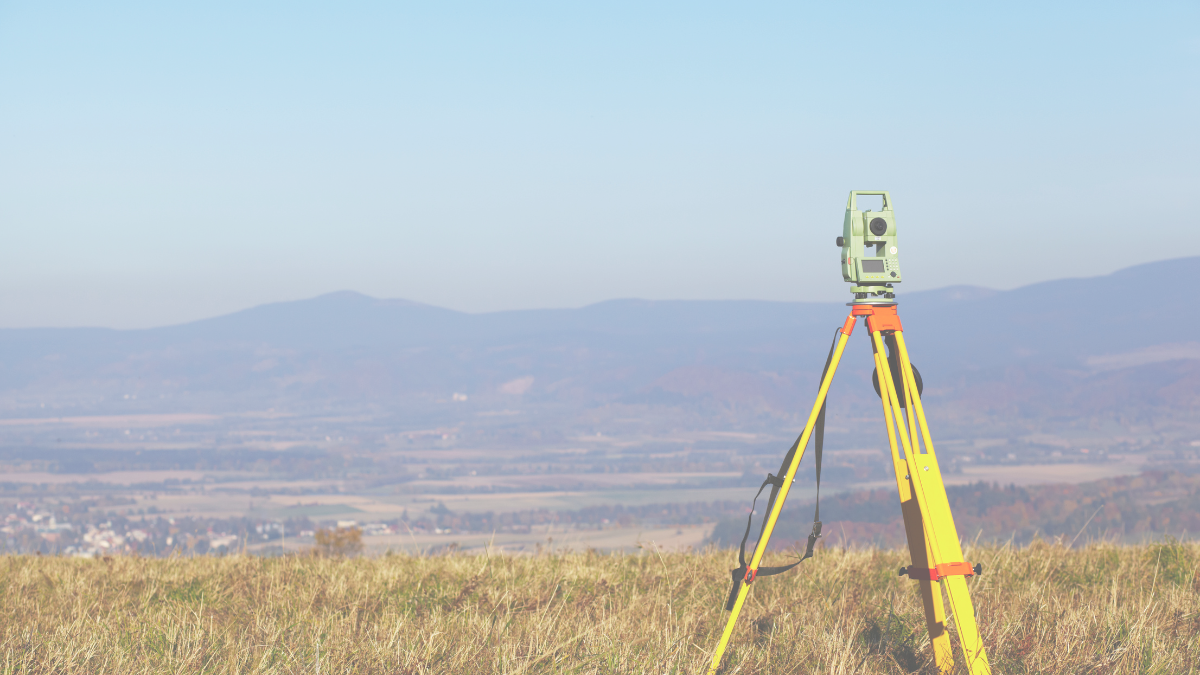Handling Boundary Disputes with Your Neighbor Legally
Handling Boundary Disputes with Your Neighbor Legally
Boundary disputes can be one of the most contentious issues between neighbors, often escalating from a simple misunderstanding to a full-blown legal battle. Whether it’s over a fence, a driveway, or a structure like a garage, resolving boundary disputes requires a clear understanding of property laws, communication, and, if necessary, legal action. Let’s focus on handling these disputes legally, using a (base-on-a) true story involving a garage built on a disputed property line in Weirton, WV.
The Garage Case
Imagine you’ve just purchased your dream home in a quiet Weirton neighborhood. Your new neighbor, who has lived there for years, decides to build a garage on what they claim is their property. However, something doesn’t seem right and a quick look at your deed and survey shows that the garage is partially built on your land.
This situation quickly turns tense. The neighbor insists they’ve always understood the property line to be where their old shed stood, but the survey tells a different story. Both of you want to avoid an expensive legal battle but cannot agree on the boundary. Here’s how this scenario might unfold and how you can resolve it legally.
Understanding Easements and Encroachments
Before we start, it may be a good idea to define two words often confused during boundary disputes, easements and encroachments.
- Easements: Legal rights allowing one party to use another’s property for a specific purpose, such as utility lines or shared driveways.
- Encroachments: Unauthorized structures or uses that infringe on another’s property, like the garage in our example.
Knowing the difference is crucial for resolving disputes. Easements are legally binding agreements, while encroachments are typically resolved through negotiation or court rulings. Ok, now let’s see how we can come to an agreement.
Step 1: Stay Calm and Assess the Situation
Yes, this sounds like the same rules for CPR, but emotions can run high in boundary disputes and it’s essential to stay calm and professional. Approaching your neighbor with accusations or hostility may only worsen the situation. Instead, prepare yourself:
- Gather Your Documents: Locate your property deed and any recent surveys. These documents are crucial for proving the actual boundary line.
- Document the Issue: Take photos of the disputed area, including the new garage’s location and any markers (fences or natural landmarks).
In the Weirton example, the homeowner first reviewed their deed, which referenced a recent survey showing the correct property line. This survey became the foundation for their case.
Step 2: Open Communication with Your Neighbor
Many disputes can be resolved without legal intervention if both parties are willing to communicate openly. Schedule a time to talk with your neighbor and share the documents supporting your position.
- Present the Survey: Explain that the survey indicates the garage encroaches on your property. Offer to share a copy for their review.
- Listen to Their Perspective: Your neighbor may have misunderstood where the property line lies or have outdated documents. Understanding their side can help avoid unnecessary conflict.
In our example, the homeowner showed the neighbor the survey, but the neighbor remained skeptical. They claimed the original property line was based on an agreement with the previous owner and they had already invested significant money to erect the garage.
Step 3: Commission a Boundary Survey
If your neighbor disputes the accuracy of your documents, or if your documents are not up to date, consider contacting a law firm or professional surveyor to conduct a boundary survey for confirmation. This is especially useful if:
- The original survey is outdated.
- Markers or fences have shifted over time.
- There is conflicting information between deeds or maps.
In the Weirton case, both parties agreed to split the cost of a boundary survey conducted by a licensed surveyor. The results confirmed the garage encroached on the homeowner’s property by five feet.
Step 4: Explore Non-Legal Resolutions
Before taking the matter to court, consider alternative resolutions that save time, money, and relationships. Generally speaking, it’s easier (and cheaper) to be a good neighbor, so hopefully these suggestions can help can avoid expensive legal issues. Here are a few options:
- Written Agreement: If the encroachment is minor and doesn’t affect your use of the property, you may agree to let the neighbor use the space. This agreement should be documented and notarized. This is especially important for future property owners.
- Adjust the Property Line: In some cases, neighbors may agree to adjust the property line. This requires legal documentation, such as a quitclaim deed, to update ownership records.
- Sell the Encroached Land: Selling the disputed portion to your neighbor can be a practical solution, especially if the encroachment is significant.
In the garage example, the homeowner offered to sell the disputed five-foot strip to the neighbor at fair market value. However, the neighbor declined, unwilling to pay additional costs and instead offered to adjust the property line, which the homeowner refused. An important note: if you decide to do anything involving official paperwork like adjusting property lines, be sure to contact a law firm that specializes in real estate law and boundary disputes.
Step 5: Seek Mediation or Arbitration
If direct negotiations fail, neighbors may use mediation or arbitration as a last attempt to help resolve the dispute. These processes involve a neutral third party who facilitates discussion or makes a binding decision.
- Mediation: Both parties work together with a mediator to reach a mutually acceptable agreement.
- Arbitration: An arbitrator hears both sides and makes a binding decision, similar to a judge.
In this case, the homeowner and neighbor opted for mediation. The mediator helped them negotiate a solution: the neighbor would remove the portion of the garage encroaching on the homeowner’s property and rebuild it within their boundary. It was not an ideal resolution, but it still helped both parties avoid formal legal action and also allowed the garage builder to use the homeowners property to access the disputed section of the garage.
Step 6: Legal Action
If all else fails, you may need to take legal action to resolve the dispute. This typically involves filing a lawsuit to obtain a court ruling on the property line. Once you get to this step, it’s important to talk to a law firm specializing in real estate law as soon as possible.
- Quiet Title Action: A quiet title lawsuit seeks to establish clear ownership of the disputed land.
- Injunction: You can request a court order to stop construction or require the removal of structures encroaching on your property.
The homeowner in the Weirton example avoided litigation by reaching a mediated agreement. However, in more complex cases, such as when the encroachment significantly affects property value or if the construction were ongoing, legal action may be necessary.
Rapid Fire FAQs About Boundary Disputes
Q: What if my neighbor refuses to remove the structure encroaching on my land?
A: If negotiation and mediation fail, you may need to file a lawsuit for an injunction or seek compensation for the encroachment. If you get to this point, be sure your documents are up to date and accurate.
Q: How long does it take to resolve a boundary dispute?
A: It depends on the complexity of the issue. Negotiation or mediation can take weeks, while legal action may take months or even years. That’s why if a simple human conversation fails, quickly contacting a law firm specializing in real estate law is an important step.
Q: Can old fences or markers determine property lines?
A: No, fences and markers are not definitive proof of property lines. Only a legal survey can accurately determine boundaries. This is a common and unfortunate misconception. In the example above, the garage building neighbor had lived there for years. They were probably under the sincere impression that the property was theirs to use.
Q: What happens if I build on disputed land?
A: You risk being ordered to remove the structure and may face financial penalties. Always confirm property lines before construction, even if you’ve casually understood property lines for years.
Preventing Boundary Disputes
Boundary disputes like the garage example in Weirton can be stressful and time-consuming. However, understanding your property rights and following a clear, legal process can help resolve the issue. In this case, the new homeowner was confident in their claims because they had up to date documentation and a clear understanding of the property lines.
To prevent disputes, always:
- Obtain a professional survey before buying property.
- Verify boundary lines before starting construction.
- Communicate openly with neighbors about shared or adjacent property. It is even a good idea to notify neighbors prior to beginning a project on bordering property.
In areas like Weirton, Steubenville, Wheeling, and Moundsville, where residential and commercial growth continues to trend upward, these steps are particularly important. By taking proactive measures, you can avoid disputes and protect your property rights.
If you're facing a boundary dispute or need assistance with real estate law, Guida Law Offices is here to help. Our experienced attorneys can guide you through surveys, negotiations, and legal actions to protect your property and peace of mind.










